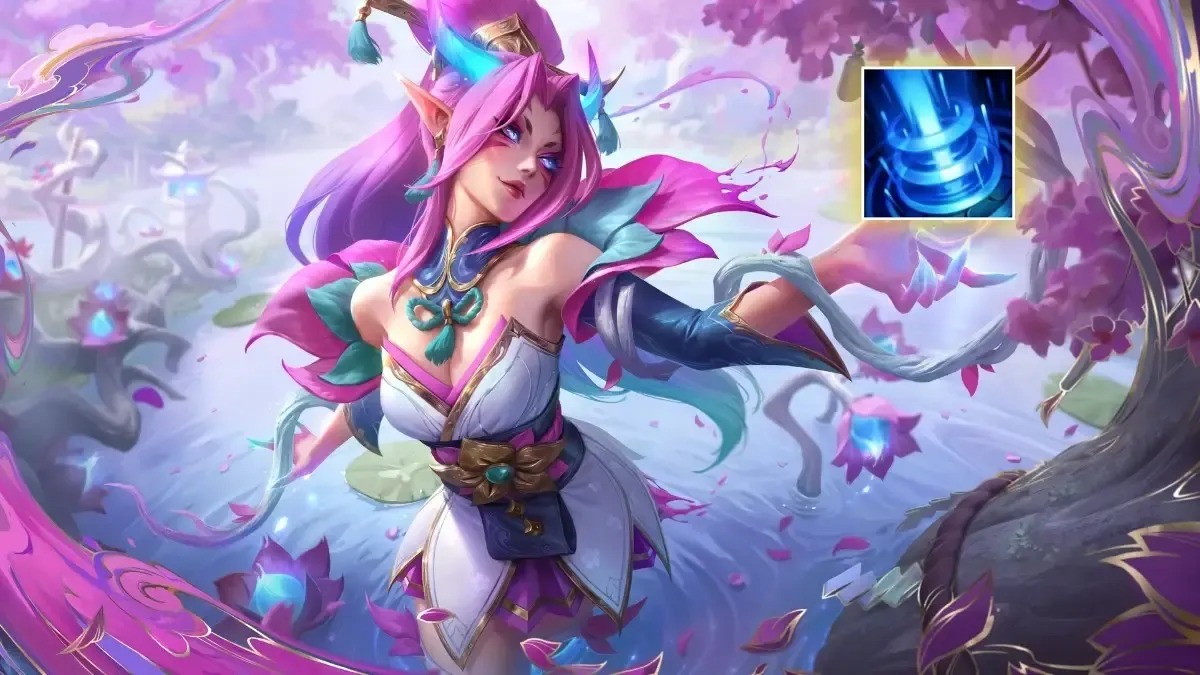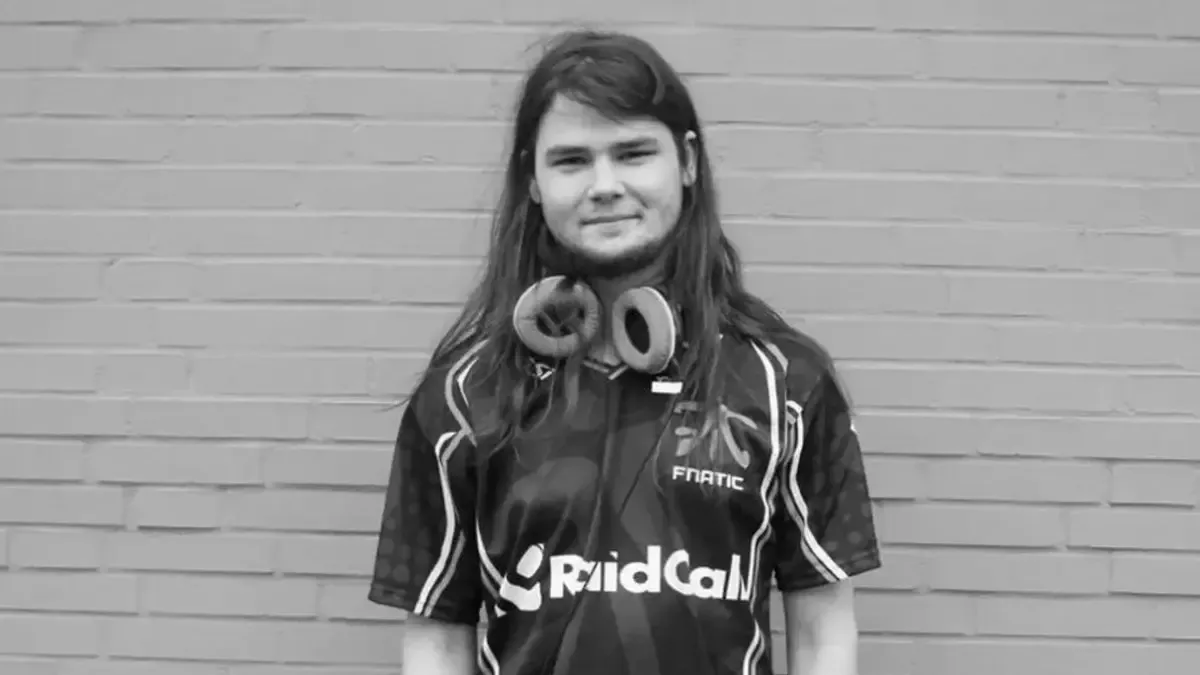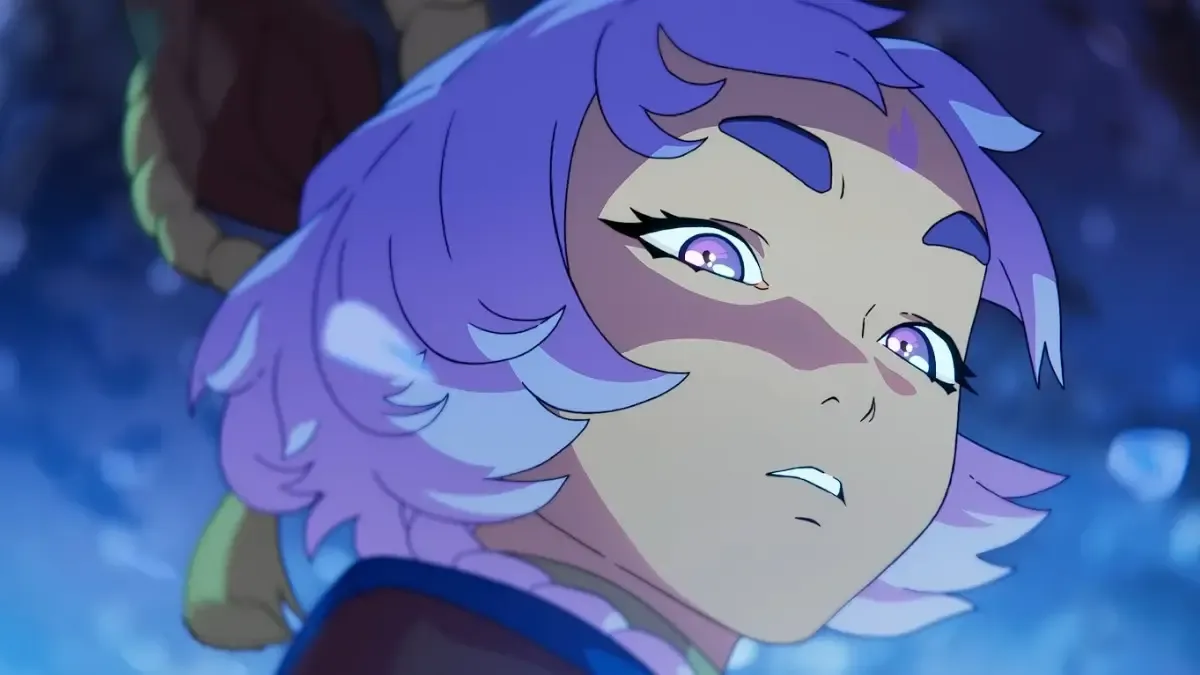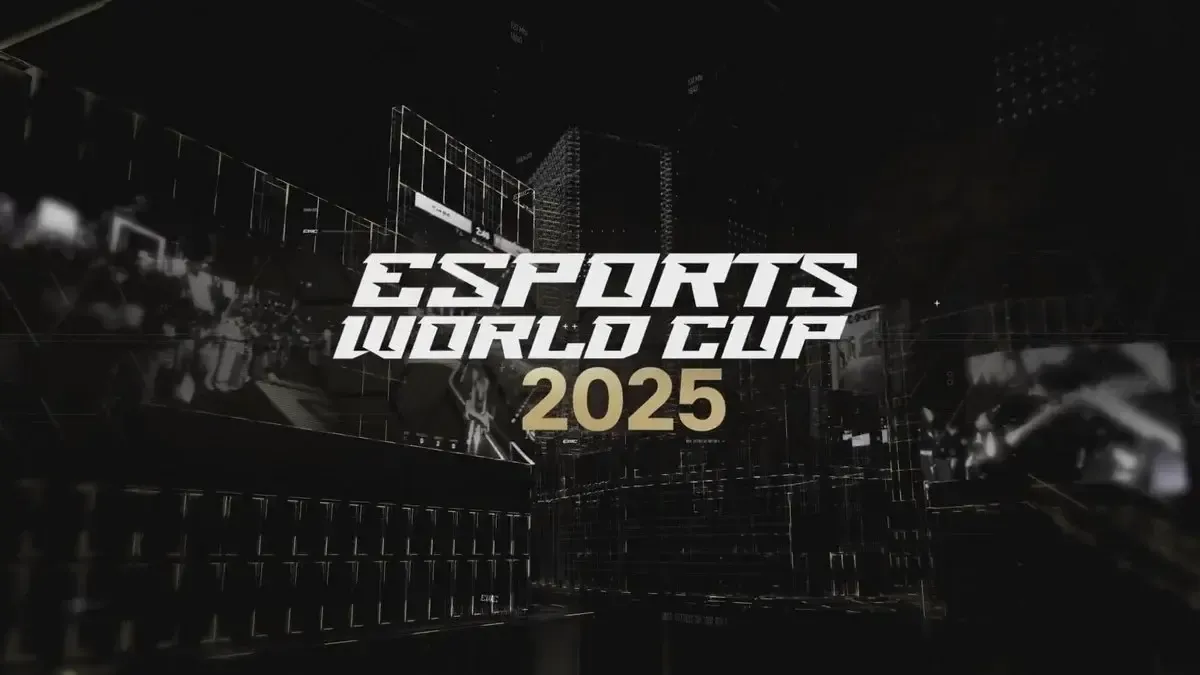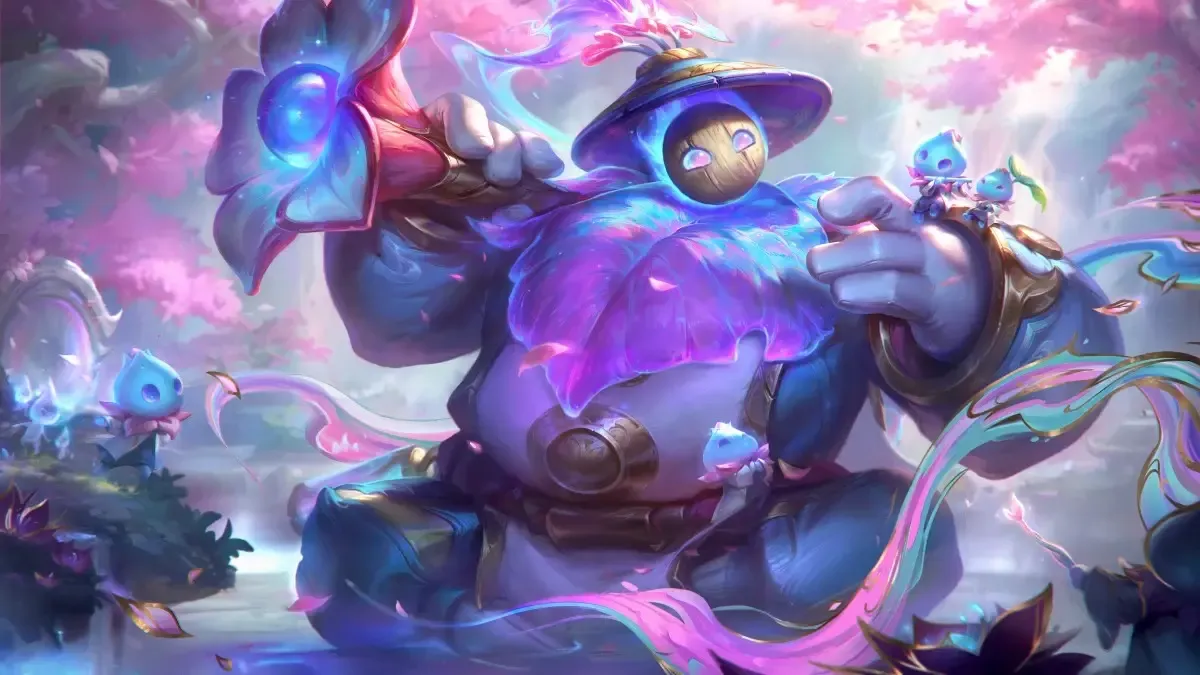The North American Challenger League began as
an effort to bolster the overall competitiveness of Challenger teams in the region. If you watched the last week of the group stage, you might question whether or not NACL accomplished its goal. The final games were populated by rosters that changed, even within the same day, and didn't resemble their original incarnations at all. LoLPro stood in for Curse. NiD, Velocity, and ggLA either disbanded or were replaced by inconsistent teams. Champion picks ranged from somewhat reasonable to laughable. Even more distressing, the Challenger teams in North America failed to displace a single relegated LCS team in the Promotion this weekend: a result that hasn't occurred in either region since the LCS' inception.
The NACL's lack of success in meeting their goals, however, had nothing to do with their own efforts. The commisioner, the casters, and the administrators all put on a great show every night. It started on time, they made their vods accessible, and they even provided a neat little prize pool at $35,000. The reason so many teams in the NACL failed to bring their A Game throughout the entire season had more to do with the flaw in the structure of the Challenger scene—or lack thereof.
![]() Casters at the NACL finals between CompLexty and Coast.
Casters at the NACL finals between CompLexty and Coast.
To be clear, the NACL was an independent league sponsored and run outside of Riot's influence or the Promotion Qualifiers. They did, however, invite the teams that managed to qualify for the Promotion in Season Three LANs: CompLexity and To Be Determined, now Determined Gaming. They also invited favorites like COGnitive Gaming, Napkins in Disguise, ggLA, infinite Odds, and Curse Academy as well as relegated LCS teams Curse and Velocity—though Coast had to qualify, as they didn't have a sitting Challenger team on the NA server. vVv Gaming would join them later.
From the start, ComLexity, Napkins in Disguise, and To Be Determined were favorites, but only one of these teams managed to qualify for the Promotion Stage this weekend. So the question is, what happened? Luckily, one thing the NACL brought to the table was an easy means of tracking the developments in the Challenger scene this fall. Efforts to promote competition in the Challenger scene are often short productions, but the NACL spanned more than two months.
The case of infinite Odds
At this point, few recognize infinite Odds. They made a small splash in the MOBAFire Challenger Series when they replaced Reality Check Gaming, turning the standing 0-4 record around to 6-7 before the League ended. The team did, however, contain names that people will recognize: Pobelter and otter. Their talent gained some attention from other teams, and infinite Odds' roster was pretty much stripped for parts before the NACL even began. otter joined ggLA on September 24th, and Pobelter left for his short-lived sojourn on Team Curse right before the the start of NACL in early October. That left infinite Odds in a scramble. They struggled through the first few weeks of NACL, using nine differet players as roster standins, including i KeNNy u, BodyDrop, and Sickoscott from the original team, and forfeiting two games before relinquishing their spot to vVv Gaming.
![]()
infinite Odds' story, however, was only a precursor. Their team had promise and fell apart because of nearly intangible offers. Pobelter wasn't even on Team Curse in an official capacity for two weeks before he was
replaced because of his commitment to finishing High School. otter was later replaced by bobbyhankhill on The Walking Zed's squad on November sixth, though ggLA retained him on a roster somewhat in limbo. The tragedy here isn't so much infinite Odd's story as the strange circumstances that followed. Players make commitments to teams with no contracts or guarantees, leaving opportunities behind that could have been more fruitful. While Pobelter eventually found his way onto EG and has gained a spot in the LCS next season, otter wasn't so lucky. Whether or not infinite Odds could have taken him there is unclear.
The case of Velocity eSports
While this team already had a guaranteed a spot in the Promotion, having played in last season's LCS, they were not immune to the trials and tribulations of the Challenger scene. Velocity failed to pick up a single win in NACL until October 24th, when they acquired Fragnat1c in the mid lane and let Shlacoh go. They picked up two more wins and a forfeit victory, and I had hopes that Velocity might actually improve their luck until their entire roster was released on November thirteenth. i am guitar, the team's manager, stated that
continuous losses simply took their toll on the team to an extent such that they could no longer even pressure advantages when they did get them. In short, the team had burnt out. From there, the team was unofficially replaced by Denial eSports, which only managed to worsen Velocity's win record in NACL.
![]() Fragnat1c and NK Inc avoid COGnitive's iDream.
Fragnat1c and NK Inc avoid COGnitive's iDream.
The issue here is that an entire team changed its roster and still retained their spot in the promotion. They then sold the spot over to EG, of course, but I'd say this is a positive thing about the way the Challenger Scene is structured. If a team fails to perform and burns out, their roster can be released and replaced, even if there might be a few kinks in how EG acquired said spot. Additionally, Velocity didn't lose their standings immediately. The team was still given multiple chances to perform, but constant losses can get to anyone, and they had to bow out. That said, the fact that Velocity was in the LCS and the NACL so long despite their constant losses speaks to the overall talent pool of the Challenger scene and greater underlying problems.
The case of ggLA
As already mentioned, otter appeared on this team alongside favorites like Bischu and Quas. The team had also picked up NydusHerMain from TBD prior to the start of NACL. The roster looked strong coming out of the gates, picking up most of their wins in the first week.
Almost as soon as the season began, however, ggLA lost Quas, their top laner, and their W/L ratio plummeted. Whether Quas was carrying them or it was an issue of patching the synergy, no one can be completely sure. The sponsor was not impressed with the strides ggLA were making and released eveyone on the roster except otter. It was supposedly replaced by another team with Bunny FuFuu in the bottom lane, but frequent standins plagued this team's appearance in the NACL, and the roster was largely inconsistent. ggLA's win rate remained below forty percent.
![9ff5072722d1793aadf8628765016c1b7eb92140354c9c07e90f8824ca.png]() The Walking Zed makes the strongest case of any Challenger team in the Promotion Tournament.
The Walking Zed makes the strongest case of any Challenger team in the Promotion Tournament.
With no commitment from sponsors, team rosters can be changed at random.
Twitter posts from Bischu suggested that the decision by ggLA to release their team happened very suddenly, leaving the team shocked. Luckily, the rest of them were able to rally, pick up a new marksman, and find a spot in the LCS Spring Promotion, but they lost to Coast. It's possible that ggLA's old roster, now The Walking Zed, will become fragmented without sponsorship if other examples are any indication. Considering their strong performance in the Promotion, however, the team might have earned a spot in the LCS with more stable structure or management.
Napkins in Disguise and CompLexity
Before the NACL began, these two teams were often heralded as favorites to make it into the Promotion Stage to compete for a spot in the LCS, but neither of them made it. After qualifying into the tournament at large at PAX, CompLexity continued to dominate the Challenger Scene. In the NACL, they consistently took games off every single team except Coast and even managed to bring out a spectacular comeback with three inhibitors down against ggLA. Their success came with convenient bits of marketing with Pr0LLy adding his peronality to the mix. Everyone was certain this was an LCS team.
![]() Ninjaken's first NACL game.
Ninjaken's first NACL game.
On October 30th, Ninjaken made his first appearance in the NACL subbing for Lautemortis. The next day,
the change became official. Laut, arguably the team's star player, had left the team for family reasons. The next week, ComLexity only won one of the three games they played in the NACL. The team continued to struggle, eventually turning their 100% win ratio from the first and second week into a 65% win ratio. Along the way,
they also lost Pr0LLY in Week Seven, and their success ratio plummeted.
Napkins in Disguise, while not the force of nature that CompLexity seemed to be, performed fairly well in the first three weeks of NACL, only losing matches to CompLexity and Coast, the clear heavyweights. In Week Four, however, they inexplicably lost every single one of their four games. Two of these games were lost to Curse Academy, running the marksman less composition that no one had yet figured out how to shut down, and the third to the rejuvenated Velocity, but the fourth match they lost to gold gaming Los Angeles, a team they had yet to struggle against.
![]() Napkins in Disguise nearly aced by Velocity eSports in Week Four.
Napkins in Disguise nearly aced by Velocity eSports in Week Four.
The matches were somewhat circumstantial losses, and they also replaced their AD carry that week with Brunch U, so it was possible they were working out their kinks. The team continued to fail to perform, however, and they began liberally subbing in ringers until they
officially disbanded on November 19th. Many of its members decided to leave competitive gaming forever, but there was no visible accompanying drama, and NiD just—disolved.
League of Legends players tend to be very young, just out of High School—and, in some cases, still in High School—with many opportunities that provide more stability and a greater probability of success than League of Legends. Unlike in competitive sports where many athletes gain a college education alongside their athletic training that they can fall back on, League of Legends is a very all-or-nothing field. It's hard to weigh small probabilities of success against stable opportunities, and because teams can sometimes rely on key members, it's hard for a team to succeed when someone changes his mind. It's likely that, for many young players, League of Legends will be their first major commitment, and they might not be sure what that entails.
In the case of Laut, CompLexity seemed like a sure thing to get into the LCS, but they fell apart with the loss of a single member. NiD makes more sense as their pathway into the LCS was less clear, but they were certainly promising, and one week of failures seemed enough to send them into extreme doubt about their futures.
Determined Gaming and COGnitive Gaming
External factors left five NACL teams almost irreparably crippled. But the teams of To Be Determined and Cognitive remained intact. COGnitive gaming had one of the two worst records in NACL, ending the group stage with a score of 6-20. Determined Gaming faired better with a record of 16-9 and the second place seed in the Ancient Golem Conference. If you look at Determined Gaming's performance in the Ancient Golem Conference, however, their early season track record wasn't the best. They lost six of their first ten games, and only one was a forfeit because they used a ringer for a jungler.
![]() Curse Academy defeat To Be Determined.
Curse Academy defeat To Be Determined.
Many have put this early record down to a combination of forces, including heavenTime's weak performance, facing strong teams like Coast and CompLexity early, and a bunch of in-fighting, but Determined Gaming began to rise in the rankings in the Ancient Golem Conference at about the same time as Napkins in Disguise and CompLexity began to struggle. After Curse Academy's burst of success mopped up victories in Week Four, they proved themselves something of a one trick pony, and Determined Gaming began racking up victories. As a member of the Ancient Golem Conference, Determined Gaming only had to face Coast and Curse Gaming twice, and they played both their games against Coast within the first two weeks. With NiD and CompLexity struggling, and ggLA playing with an inconsistent roster, that did not leave much competition for Determined Gaming in the Ancient Golem Conference, and they rose to prominence simply because other teams fell apart.
COGnitive Gaming, meanwhile, struggled in Elder Lizard Conference, which was arguably the more challenging group with both Curse Gaming and Team Coast to contend with. Because they mostly faced relegated LCS teams in their conference, however, they may have been a surprise for the other Challenger teams in the Challenger series, especially with their last pickup of Cris. Their record in the NACL, however, speaks for itself. COGnitive gaming placed well in the Challenger Stage of the NA Promotion Tournament simply because other teams didn't prepare for them or simply fell apart. With the list of viable contenders falling to roster changes or disbanding encompassing five out of eleven teams in the NACL, the events that led to COGnitive Gaming's surprising success seem a little obvious.
The problem
I didn't cover top contenders in the challenger circuit that didn't perform in the NACL, but I feel like looking at these teams provides a pretty useful sample of the problems that plague amateurs in North American League of Legends.
The core issue that keeps arising is the lack of structure and accountability in place on both the side of sponsors and players. It's difficult for a seventeen year old to decide to postpone college or even High School, where he will likely find a more lucrative future, for a small chance that not only he, but four other individuals, will prove to be some of the best in the world. Even if he and three of his teammates give the game their full commitment, an emergency might arise, like in the case of ComLexity, that removes a key member, and the entire team falls apart. In addition, in the case of ggLA, now The Walking Zed, you might think your team is performing at a reasonable level and suddenly lose your sponsorship without a binding contract.
![]()
In general, the pool of Challenger teams in the North American region is weak, and that's why the LCS is seeing no real fresh talent this season outside individuals who made it onto established rosters like Quas. Teams come from Challenger rankings in League of Legends, but there's no intermediary to provide support for teams that have enough potential to advance. In addition, even if a team does make it into the LCS, North America has failed to achieve anything noteable on the world stage in the past two seasons, so if someone is brought into League of Legends with the drive to be the best, he likely won't succeed within the region.
The problems feed each other. In Korea, the NLB provides a safety net for some of the best teams that don't make it in Champions Winter. Korea's structure has its own flaws with roster locks forcing teams to keep inferior player or suffer through additional rounds of qualifiers with a new lineup, but the high caliber of teams dropping to NLB this winter can't be just a coincidence. Providing something achievable below the LCS gives an incentive to compete at the amateur level.
The NACL has failed to provide this for North America, and it is unlikely that the Challenger League that Riot Games is starting will provide it on its own either. It gives no sense of security or management to teams and a combined prize pool of $54,500 may not make much of a difference when the NACL offered $35,000, but it's a start. Since the NACL has promised a second season to potentially run concurrently with the Challenger Series, more similar independent leagues may arise. Even more opportunities to earn rewards will attract more sponsorship and leave it on the shoulders of sponsors to create a structured environment.
That, of course, still leaves players vulnerable. They will have essentially no say in how the structure develops, and that could leave them in compromising situations. Since players are investments, they need to be treated as such.
XDG Gaming's new manager has discussed creating more incentives for players to get involved in competitive gaming by providing scholarship and methods for developing futures outside competitive gaming, but more details have not been discussed.
Until the incentive structure for League of Legends expands to the Challenger scene, howevever, whether this is done by Riot or third party sponsors, talent will continue to stagnate in North America without direction. The desire to be the best is not enough of a drive to compete because of poor international success, and the entertainment atmosphere top tier streamers strive for doesn't promote competition in solo queue. New talent needs more direction because the region's somewhat lax attitude toward competitive gaming has created a huge gap between the top LCS teams and the amateur scene. This is an important area that cannot be neglected, and the first season of the North American Challenger League has provided invaluable exposure.
Sources: onGamers, Leaguepedia, Twitter












